The content of the article
Diabetes mellitus is a serious endocrinological disease associated with impaired metabolic processes in the body. Diabetes can occur in a person at any age against the background of hereditary predisposition, obesity, past viral infections or diseases of the pancreas. Diabetes mellitus is a lack of insulin in the body, which is necessary for the processing of glucose, it enters the body along with nutrition. Due to an oversupply of sugar that cannot be absorbed, a person begins to experience dry mouth, thirst and frequent urination, weakness, weight gain, etc.
The disease is complicated by the fact that there is no way to cure it completely. The only right decision is to learn how to live with diabetes. With the right approach, timely drug therapy and dieting, the patient's quality of life does not change - people continue to conduct normal activities.However, diabetics, especially those who have recently joined these ranks, have a lot of nutritional issues. Today we will learn what a diet is for patients with diabetes, and also try to figure out whether it is possible to eat pasta with this diagnosis.
Nutrition for diabetes
Medicine is a completely logical science in which everything is interconnected. If the body suffers from an excess of glucose in the body, which can not be processed, then you need to reduce the amount of glucose in the diet. That is why diabetics banned foods with high amounts of carbohydrates, especially fast and useless. Among them, the first in the list is sugar, as well as its derivatives - confectionery, desserts, sugary drinks, ice cream, sweets, cakes and pies, jams, preserves, etc. Of great importance is the glycemic index, which, as a percentage, reveals how much glucose is contained in a particular product. This is what is able to sharply and strongly raise the level of sugar in the blood, which is extremely undesirable and even dangerous for a diabetic. Foods with the highest glycemic index are dates, white bread and muffins, beer, rice flour, canned sweet fruits, fried potatoes, honey, popcorn, chips, and watermelon.All these products are not recommended for use with diabetes. In addition, from the diet should be excluded fresh juices, canned vegetables and fish in oil, alcohol, dried fruits.
Do not be upset, because in the list of permissible products a lot of natural vegetables and savory fruits. They will not only help in the fight against diabetes, but also significantly improve your health and body shape. It is important to choose foods with a glycemic index of less than 50, and also to prepare them correctly. Remember that diabetics fried foods are contraindicated. In priority boiling, stewing and steaming. Eating should be often, but in small portions, in order to achieve approximately the same level of sugar in the blood throughout the day. Each meal should be equal in quantity of carbohydrates and calories.
The list of permitted products includes mushrooms, green vegetables, unsweetened fruits, greens, tea and coffee without sugar and cream, a small amount of nuts, a tablespoon of vegetable oil per day, whole-grain bread, milk and dairy products of low fat content, cereals. Diabetics are allowed almost all the berries, except raspberries.Should lean on dairy products, which contain calcium and vitamin D, it reduces cravings for sweets. The use of lean fish and lean pieces of meat is allowed. However, very often there is a question about pasta, because they are so tenderly loved in our country.
Pasta - can be or not?
In fact, pasta is a pure carbohydrate that contributes to an increase in blood sugar levels. However, pasta can also be different. In case of diabetes mellitus, only pasta of solid varieties is allowed to be consumed. They are slower absorbed, and therefore do not contribute to a sharp increase in the level of sugar in the body. In addition, pasta durum contains a lot of fiber, which cleans the intestines from toxins and toxins, thereby improving the metabolic processes in the body.
If the diagnosis was made recently and you are only building your diet, be prepared for the fact that some products may have different effects on different people. Begin to use pasta in small portions, tracing the reaction of the body. If after such a lunch or dinner you feel a strong weakness, malaise, if the hair began to fall out (and this can happen too), then the pasta should be temporarily abandoned.It may be worthwhile to talk about this product with your doctor and identify the permissible consumption rate of the dish. As a rule, diabetics are allowed to eat no more than 200 grams of boiled pasta for lunch or dinner, 2-3 times a week, not more. However, once again I want to note that everything is individual - watch the reaction of the body!
How to cook pasta with diabetes?
First of all, it is important to choose a useful product, namely, pasta durum. Markings such as “First Class”, “Group of Category A” are also allowed. All other designations, as a rule, indicate that these are products from soft wheat varieties. It is very important to properly cook the pasta so that they retain all their benefits, and the glycemic index during the cooking process does not increase. It is necessary to add salt not into the water, but directly into the pasta themselves after they are ready. The amount of salt should be moderate, as should the amount of vegetable oil. But most importantly, pasta must be cooked "aldente", that is, a little raw inside. This degree of readiness allows you to save in pasta more nutrients and fiber.
Boiled pasta can be combined with anything.It can be a wonderful side dish for stewed meat stew, it is good to eat pasta with grilled vegetables. Diabetics may well be pleased with the paste Bolognese, because in its composition there is a tomato. To prepare the sauce, you need to choose lean meats and use a small amount of vegetable oil. Also, pasta goes well with mushrooms. But the classic sour cream or cream sauce is better not to use - it is too greasy for the diet table. Another good pasta mix would be fish or chicken with cheese. In diabetes, you should consume lean cheeses with a fat content of less than 30%. Try to eat pasta immediately, yesterday's dishes increase their GI.
Remember that you shouldn’t lean on pasta daily - you need to take 1-2 day breaks between meals. However, properly cooked pasta can be a wonderful variety in the poor diet of a diabetic. The main thing to know is that it is necessary to choose foods with a low glycemic index, reduce their caloric content as much as possible and not to abuse such a dish. And then the paste will only benefit, even for patients with diabetes.
Video: Pasta for diabetes

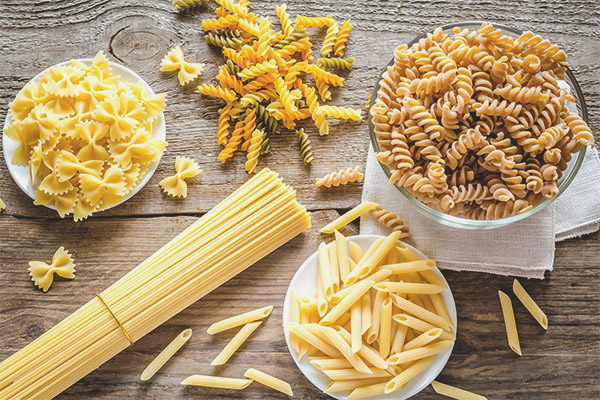
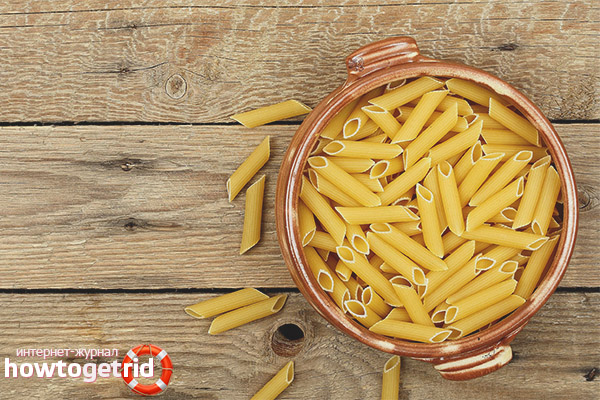

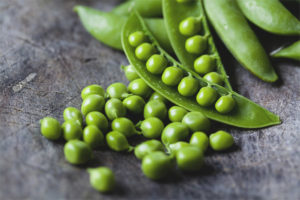

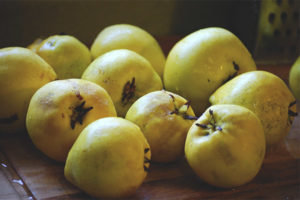
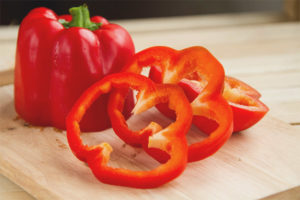


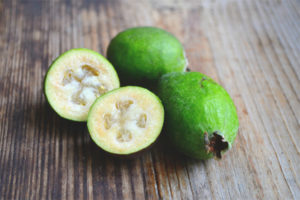

To send